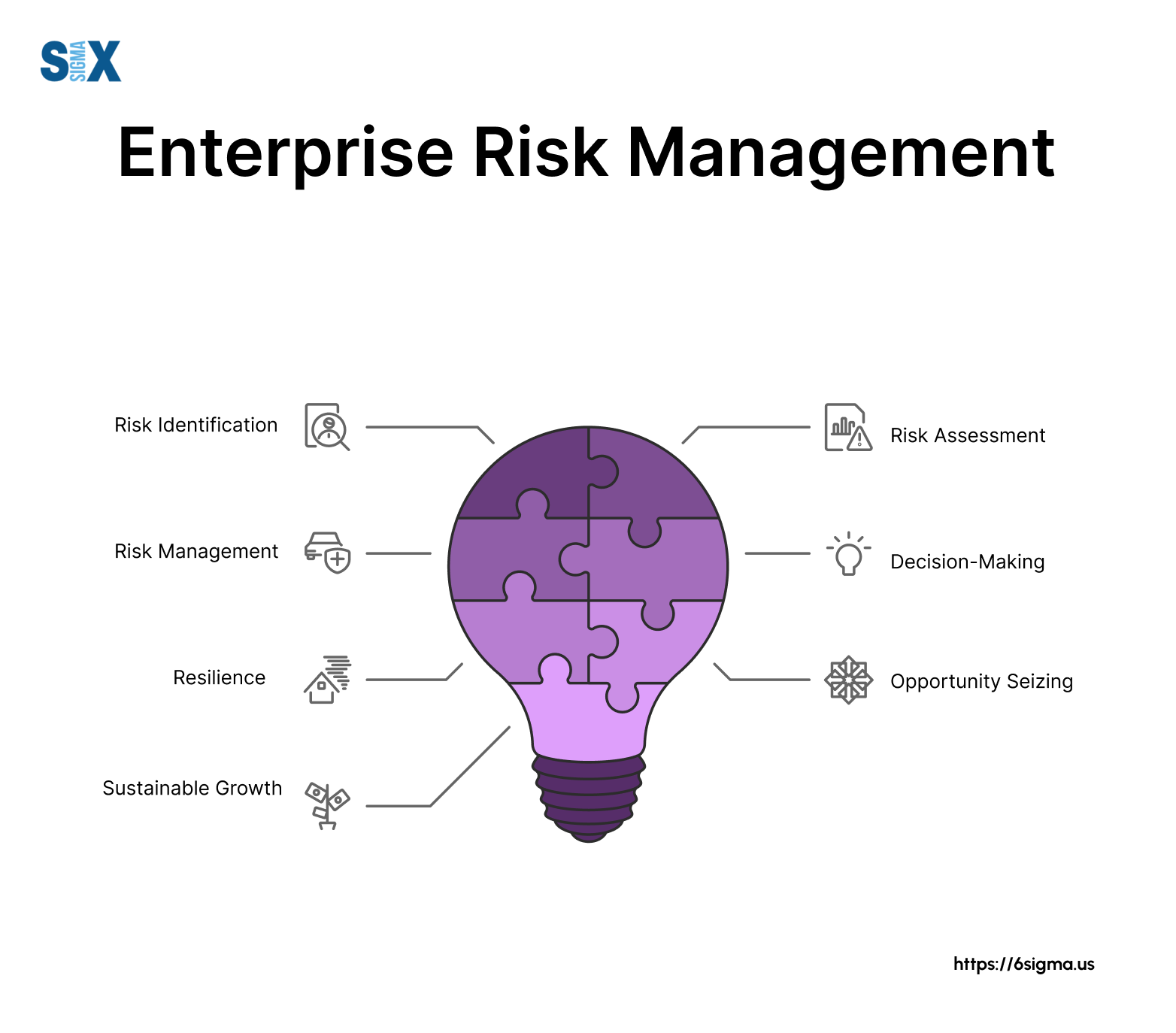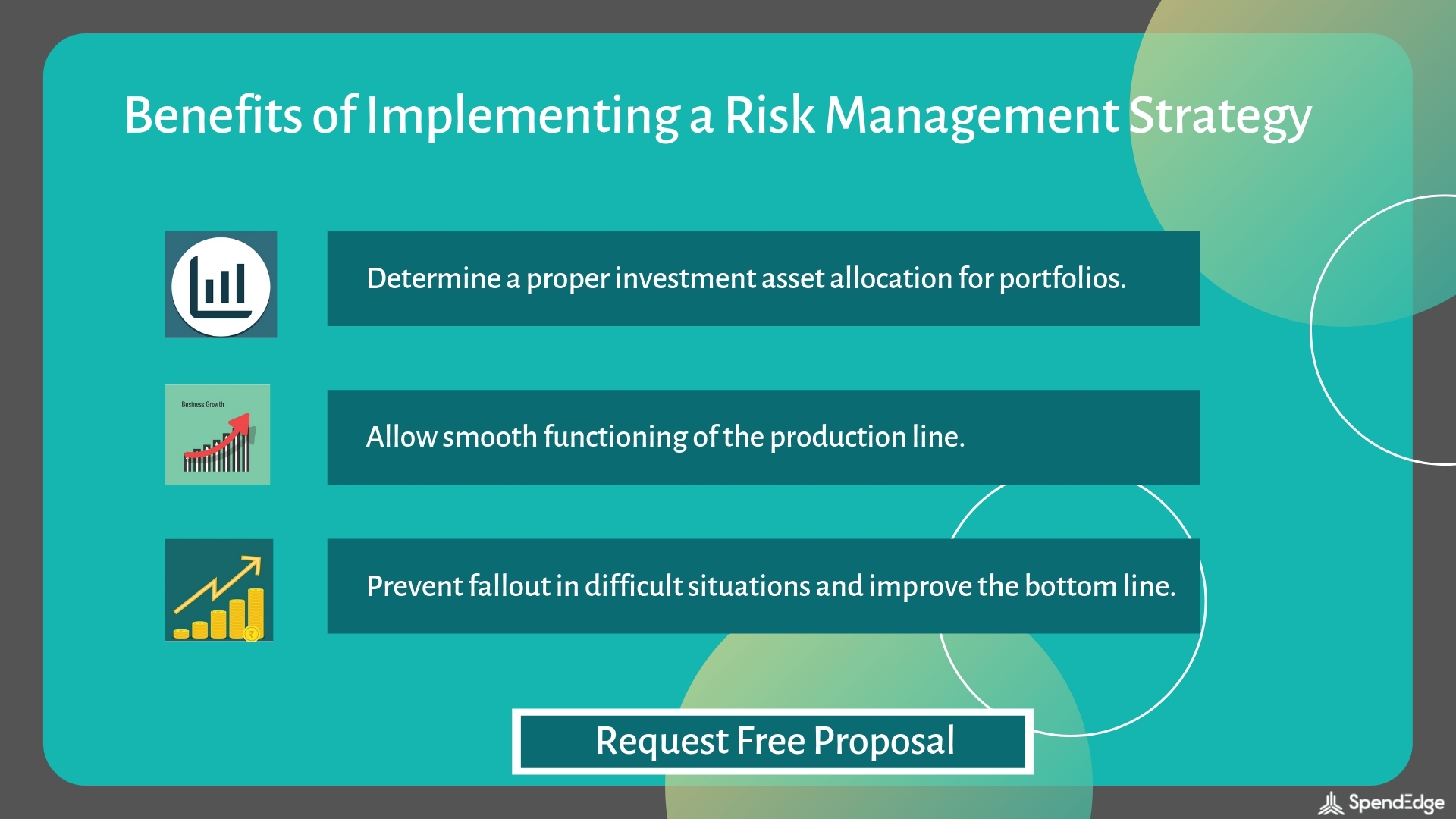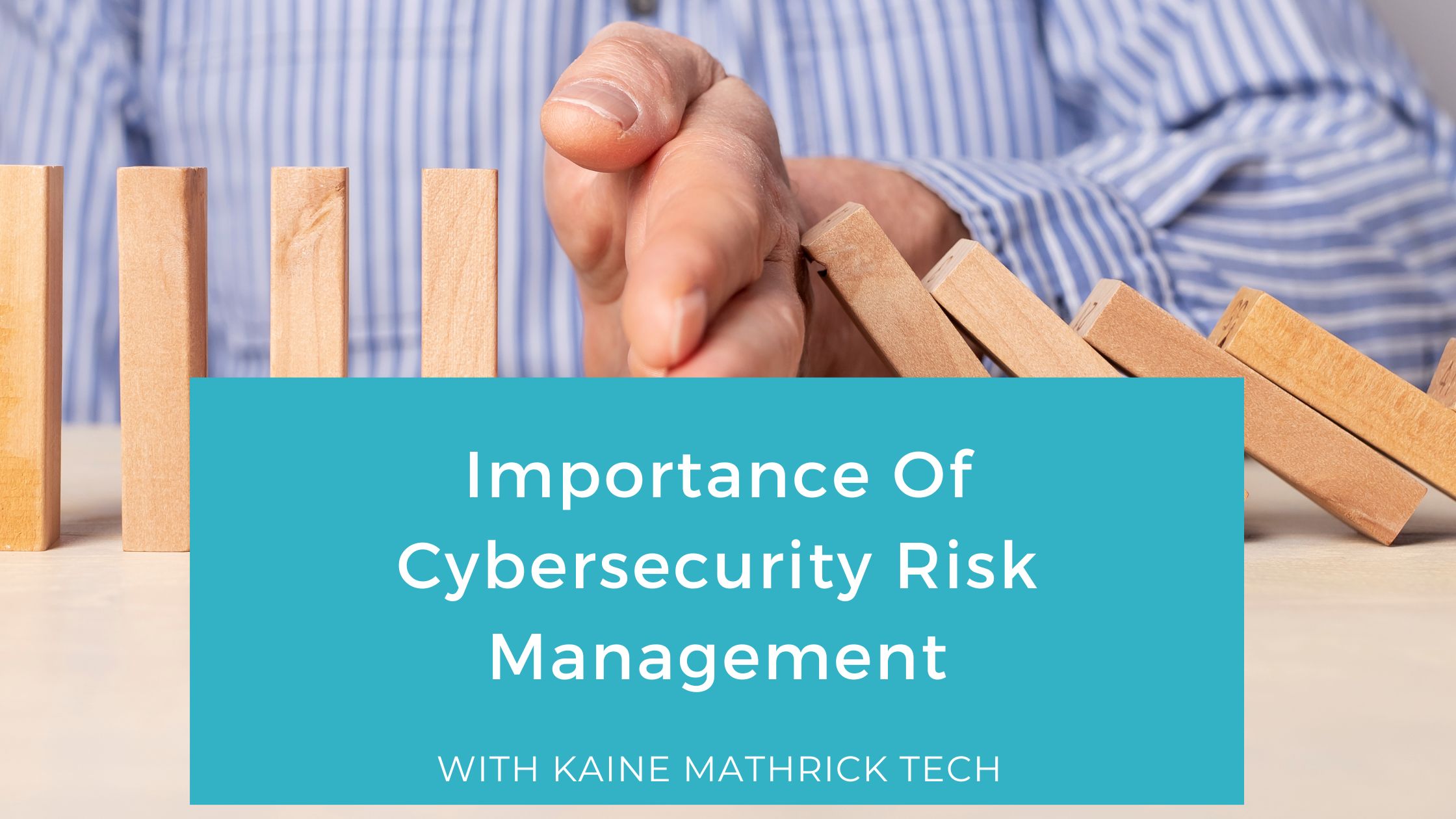The Vital Importance of Risk Management in Protecting Business Assets
The Vital Importance of Risk Management in Protecting Business Assets
Blog Article
Exploring the Significance of Risk Management for Effective Decision-Making Techniques
In the intricate world of service, Risk Management emerges as an essential aspect in the decision-making procedure. The ability to identify potential threats and chances, and strategize as necessary, can mean the distinction in between success and failure.
Comprehending the Concept of Risk Management
Risk Management, a vital element in decision-making, is frequently misconstrued or oversimplified. Risk Management entails disciplined and organized strategies, using information and insightful evaluations. From economic unpredictabilities, lawful responsibilities, strategic Management mistakes, to mishaps and all-natural catastrophes, it attends to various dangers - importance of risk management.
The Function of Risk Management in Decision-Making Processes
In the world of strategic planning and service procedures, Risk Management plays an important role in decision-making procedures. It assists in determining possible dangers and uncertainties that might influence the success of business purposes. By tracing these threats, firms can create techniques to alleviate their effect, making certain organization continuity and stability. Risk Management hence becomes a crucial device in decision-making, aiding leaders to make educated choices based on a comprehensive understanding of the threats included. It encourages an aggressive strategy, allowing companies to prepare and expect for feasible future situations. This considerably minimizes the possibility of unfavorable effects, advertising more reliable and reliable decision-making methods. For that reason, Risk Management offers as a crucial component in the decision-making processes of any organization.

Just How Risk Management Improves Strategic Preparation
In the context of strategic preparation, Risk Management plays a critical role. Starting with the identification of potential dangers, it better encompasses the execution of Risk mitigation steps. The duty of Risk Management is not fixed however dynamic, as it requires continuous monitoring and adjusting of techniques.
Recognizing Potential Dangers

Carrying Out Risk Reduction
Risk reduction approaches can vary from Risk evasion, Risk transfer, to take the chance of reduction. Each technique ought to be customized to the particular Risk, considering its prospective effect and the company's Risk tolerance. Efficient Risk reduction needs a deep understanding of the Risk landscape and the possible impact of each Risk.
Tracking and Readjusting Strategies
Though Risk reduction is a crucial action in calculated preparation, continual monitoring and change of these methods is similarly important. It likewise supplies a chance to examine the success of the Risk Management procedures, allowing modifications to be made where needed, additional enhancing strategic planning. Tracking and adjusting Risk Management strategies is an important component for boosting a company's durability and critical preparation.
Case Studies: Effective Risk Management and Decision-Making
In the world of business and money, effective Risk Management and decision-making frequently offer as the pillars of thriving ventures. These cases highlight the worth of astute Risk Management in decision-making procedures. These instances emphasize the essential duty of Risk Management in tactical decision-making.
Tools and Techniques for Effective Risk Management
Navigating the intricate puzzle of Risk Management requires the appropriate set of strategies and tools. These tools, such as Risk registers and warm maps, aid in recognizing and analyzing possible threats. Methods consist of both quantitative techniques, like sensitivity evaluation, and qualitative techniques, such as SWOT analysis. These assistance in focusing on threats based upon their prospective influence and likelihood. Risk feedback strategies, a key element of Risk Management, include approving, avoiding, transferring, or mitigating threats. Surveillance and regulating dangers, official website with regular audits and evaluations, make certain that the methods remain effective. With these tools and techniques, decision-makers can browse the complicated landscape of Risk Management, thus facilitating informed and effective decision-making.
Future Fads in Risk Management and Decision-Making Strategies
As we explore the large landscape of Risk Management, it becomes obvious that the tools and strategies made use of today will certainly continue to progress. The principle of Risk society, where every participant of an organization is mindful and involved in Risk Management, will certainly acquire much more prominence. These patterns proclaim an even more comprehensive and positive approach towards Risk Management and decision-making.
Final thought

Risk Management therefore ends up being an important tool in decision-making, helping leaders to make educated choices based on a thorough understanding of the dangers entailed. Risk mitigation strategies can range from Risk evasion, Risk transfer, to risk decrease (importance of risk management). Efficient Risk mitigation needs a deep understanding of the Risk landscape and the prospective impact of each Risk. Risk feedback strategies, a crucial part of Risk Management, straight from the source involve approving, preventing, transferring, or mitigating dangers. The concept of Risk society, where every participant of an organization is mindful and entailed in Risk Management, will obtain extra prominence
Report this page